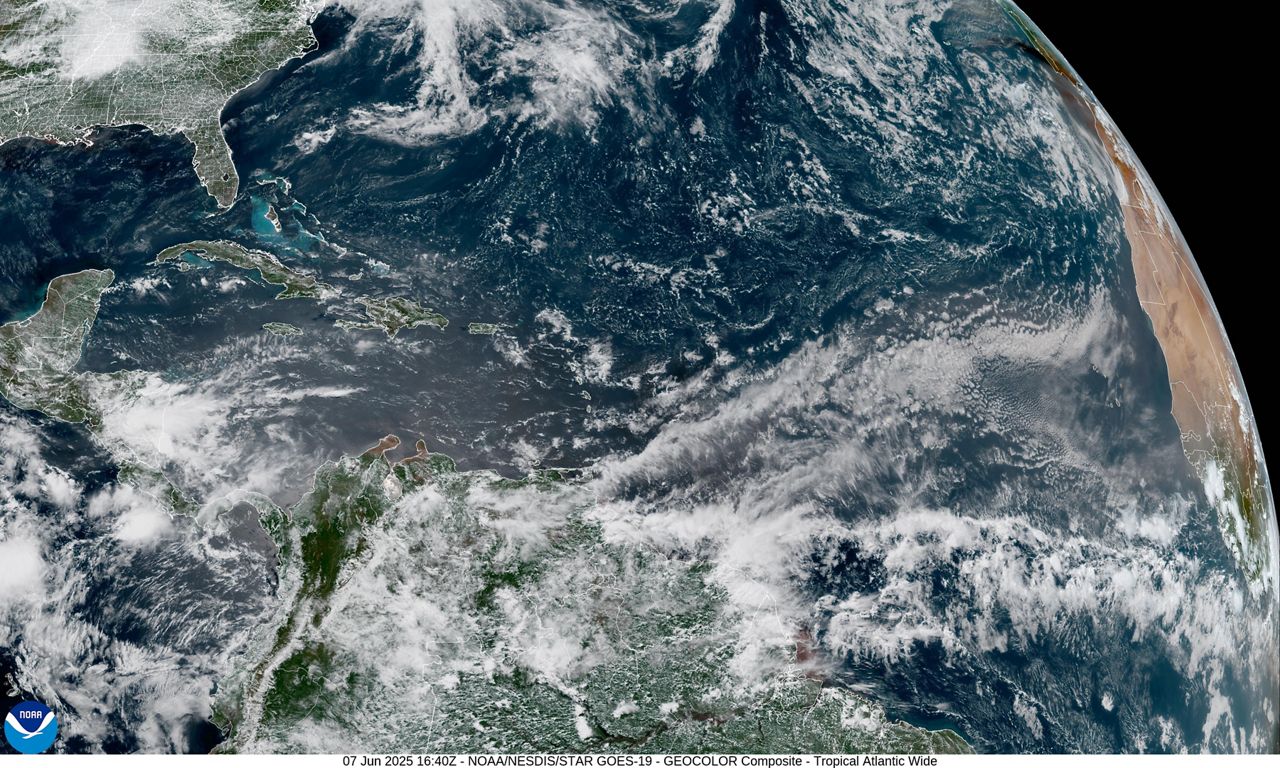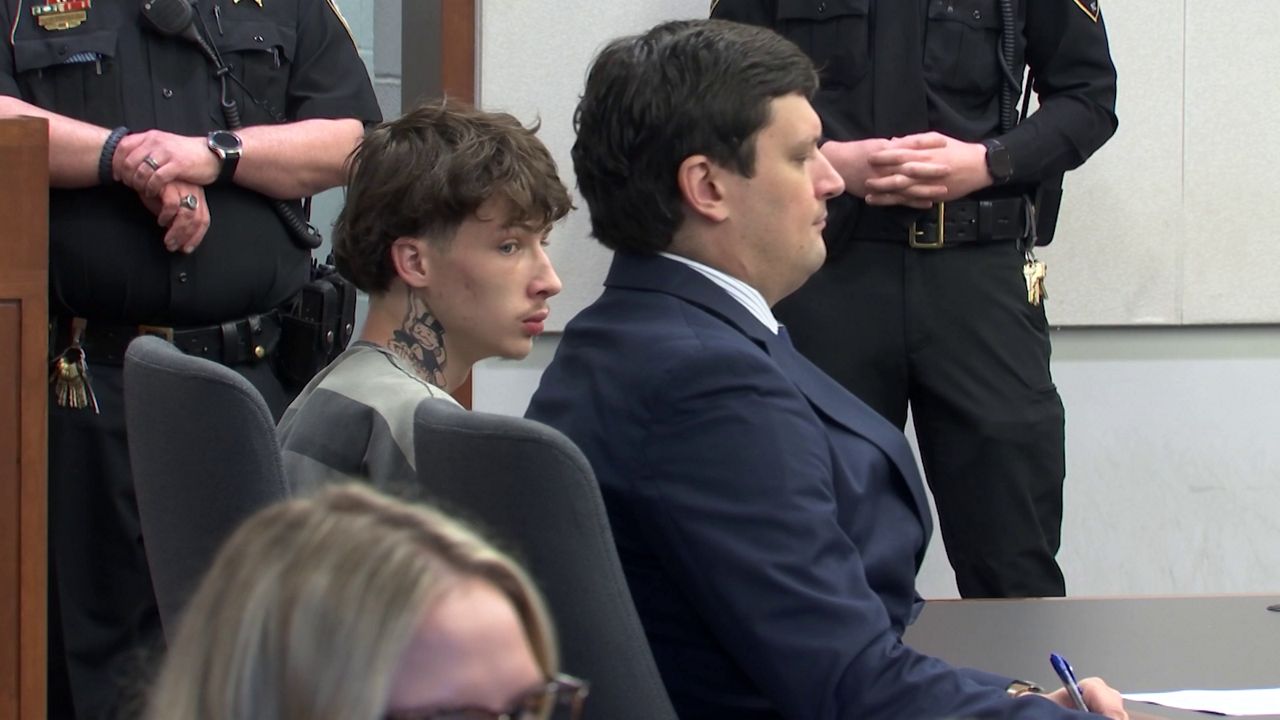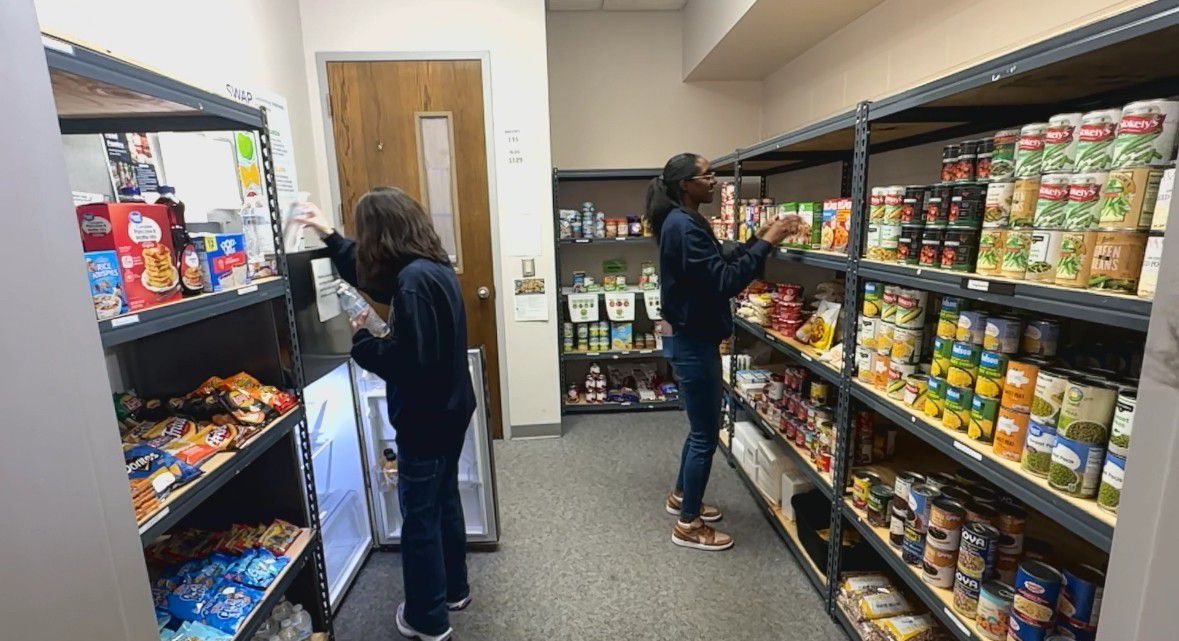CHARLOTTE, N.C. — Thursday, NASA Chief Health and Medical Officer James Polk said astronaut Sunita "Suni" Williams and the rest of the crew of the International Space Station are in good health.
The statement from Polk and Williams herself follow recent rumors about her health.
Astronauts Barry "Butch" Wilmore and Williams are expected to come back from the International Space Station in February with SpaceX, some eight months later than expected.
The pair flew to the ISS aboard NASA’s Boeing Flight Test in June, and their mission was expected to last eight days.
However, this changed after NASA and Boeing identified helium leaks and issues with the spacecraft reaction control thrusters when Starliner approached the space station back in June.
The Boeing Starliner spacecraft returned to Earth in September without its passengers, which extended the time in space for its crew.
Dr. Tom Marshburn, a Statesville native and former NASA astronaut, spent 337 days in space, traveling to the International Space Station three times.
He said going to space is a highlight.
“Riding a rocket up, coming down in a capsule and a space shuttle. Those are all unforgettable experiences. Doing a spacewalk, those are all very, very intense, adrenaline-filled experiences that I'll never forget. But most valuable thing that I will always bring with me, and this is universal among astronauts and cosmonauts, they'll tell you that the thing they remember the most is looking out the window with someone else, working and living in space with someone else. That’s probably the best thing I’ll always carry with me,” Marshburn said.
His longest mission was six months, just two months shy of the time astronauts Wilmore and Williams are expected to remain in space.
Spectrum News 1 spoke with Marshburn back in September after NASA announced Wilmore and Williams' mission will be extended.
“This was the first flight of Starliner, and very deliberately NASA put two veterans on that flight so they were already prepared for a long duration flight,” Marshburn said.
Marshburn said physical training starts before they take flight.
“The inflight exercise is probably the most grueling,” Marshburn said.
While in space, he worked out an hour and a half daily, but it looked different in zero gravity.
"We don't have weights. Weights wouldn't work up there. You have these pistons that push against you. You have to push the sort of like a clamshell, push the two parts apart from each other, and that’s how we work out our spine, and our lower legs and then the cardiovascular is on a stationary bike,” Marshburn said.
According to NASA, for every month in space, the weight-bearing bones of astronauts can become 1% less dense without precautions and muscles may become weaker.
"You may have heard if you don't use it, you lose it, right? And so your muscles can adapt to the training regimen and get stronger when you don't train or don't use them. The body wants to take those resources and put them elsewhere,” Atrium Health Primary Care Sports Medicine Physician Dr. Robert Lutz said.
Marshburn, who also holds a Doctorate of Medicine from Wake Forest University, said radiation exposure and changes to eyes and bones are some of the long-term effects of his space missions. He also noticed psychological differences.
“It’s such an amazing experience to have. I think when people come back, they ask themselves: What does this all mean?” Marshburn said.
Astronauts have bone scans performed before and after flight, and research is focusing on the diet, exercise and medication to keep them healthy during and after missions.
Marshburn is now the chief astronaut and vice president of human factors engineering for commercial space company Sierra Space. His employer and the Wake Forest Institute for Regenerative Medicine are partnering to conduct stem cell research on tissue regeneration using zero gravity or microgravity.











